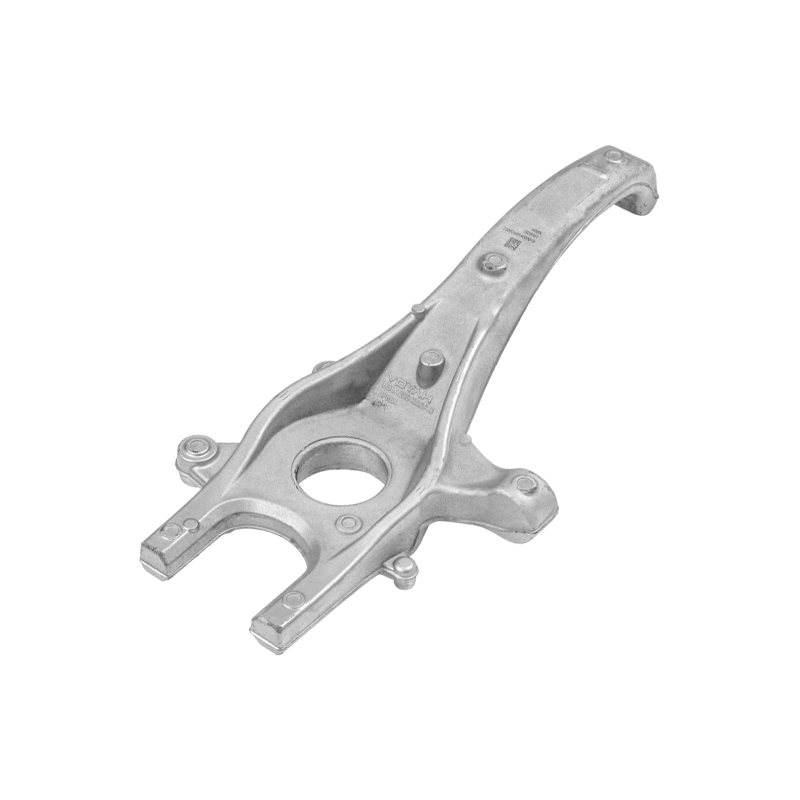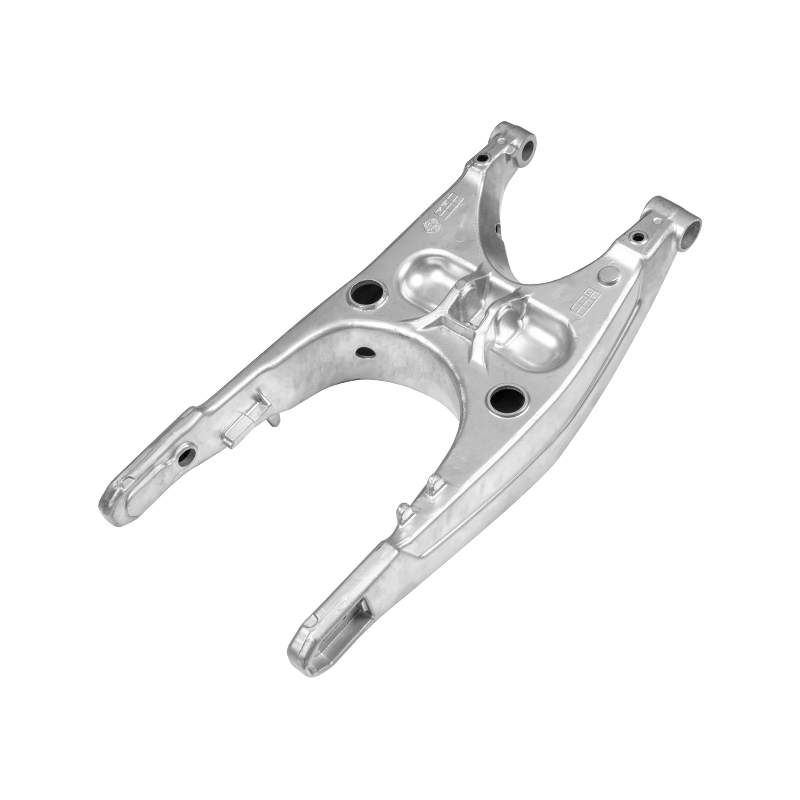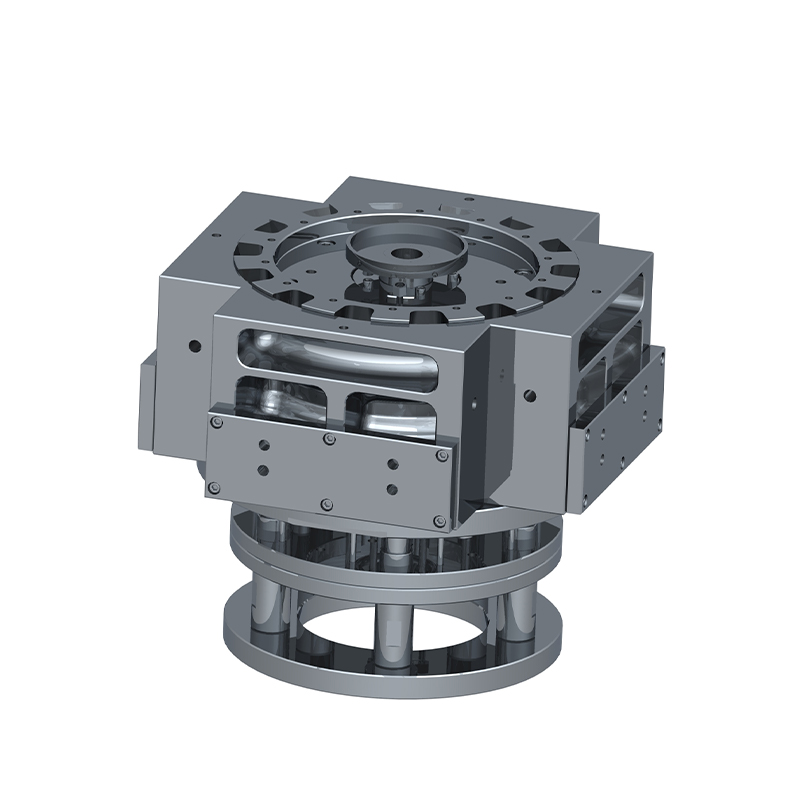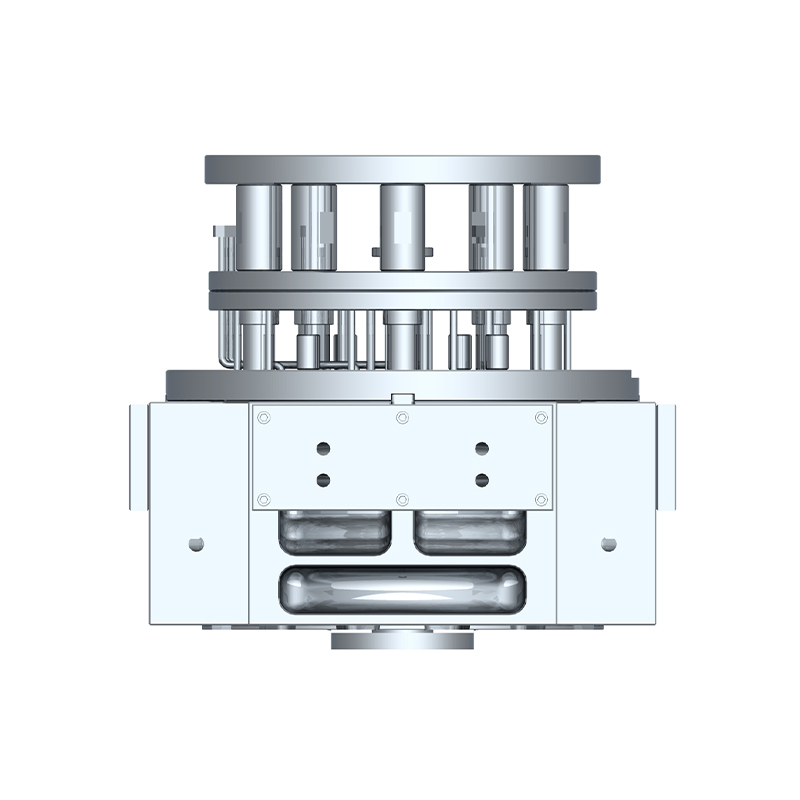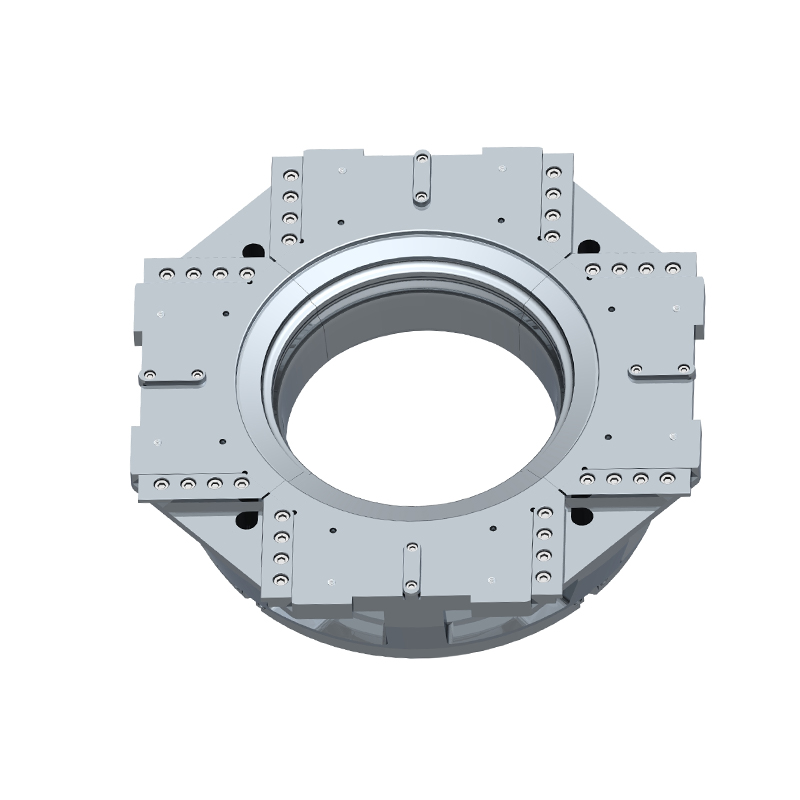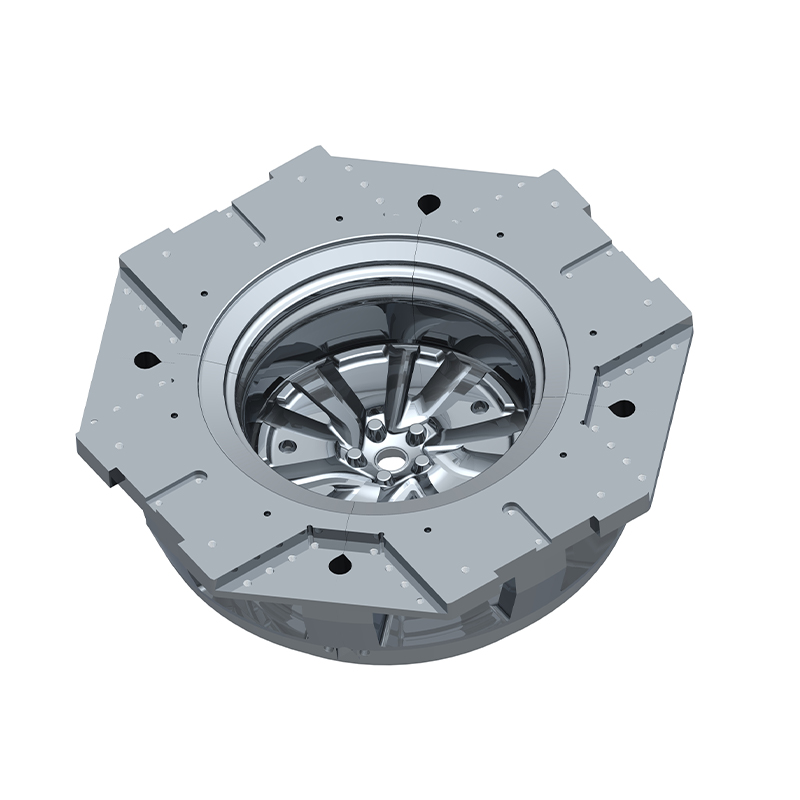We offer molds for diverse industries, including automotive, military, and construction, enabling global competitiveness through innovation and expertise.
Design principle and process optimization analysis of low-pressure casting mold for wheel hub
1. Overview of low-pressure casting process of wheel hub
Low-pressure casting of wheel hub mainly uses the air pressure in the closed pressure tank to press the molten aluminum alloy into the mold cavity, and relies on controlling the pressure and temperature to achieve precise filling and solidification.
Brief description of the process flow:
The aluminum liquid in the melting furnace is heated to 700-730°C;
The metal is pushed up by the air pressure of 0.02-0.06 MPa through the closed riser;
The metal liquid is slowly filled into the mold cavity from the bottom of the mold to reduce turbulence and pore formation;
The pressure is maintained for a period of time under constant pressure to achieve good shrinkage compensation;
After cooling to the preset temperature, the mold is opened and the casting is ejected;
Enter the subsequent processes such as heat treatment and processing.
Process advantages:
Sequential solidification and directional shrinkage compensation can be achieved;
The internal structure of the casting is dense and the grain is refined;
The mold filling is more stable, suitable for complex structure wheels;
Higher material utilization and yield rate.
2. Analysis of mold design principles
The wheel hub mold must not only meet the geometric molding function, but also meet the requirements of thermal balance, stress distribution and automated process, and have good structural rigidity, thermal fatigue resistance and process adaptability.
Cavity structure design
Parting surface design principles:
Axial horizontal parting is usually adopted to ensure smooth opening of the mold;
The parting line should avoid the spokes and high stress areas to reduce flash;
Transition between ribs and wall thickness:
The spokes and center hole areas need to be designed with smooth transitions and ribs to prevent stress concentration;
The rib thickness should be controlled at 0.6–0.8 times the thickness of the casting.
Core pulling mechanism configuration:
The core pulling is controlled by a cylinder or an inclined guide column for the spoke inner space or decorative hole of the hub.
Casting system design
Ingate layout:
It is usually located at the bottom of the spoke to achieve bottom-up filling and avoid oxide film inclusions;
Try to keep a symmetrical layout to obtain a stable flow field.
Key points of riser design:
The pipe diameter design needs to take into account both pressure loss and flow rate control, usually with a diameter of 30-50 mm;
The riser needs to be equipped with a ceramic filter to intercept oxide inclusions.
Vent design:
A slender vent or vacuum hole is opened at the top or corner of the mold;
Prevent surface defects such as incomplete filling and cold shut.
Cooling system design
Cooling water channel distribution:
The water channel passes through the hot zone (such as the spokes and rims), and copper sleeves or steel pipes are used for mold cooling;
The water channel diameter is usually 8-12 mm to ensure efficient heat transfer.
Controllable cooling:
The temperature difference of each part of the mold can be controlled by adjusting the flow rate, solenoid valves, thermocouples and other systems;
The mold temperature controller system can be introduced to achieve closed-loop temperature control.
Mold material and surface treatment
Mold steel selection:
Commonly used ones such as H13, 8407, SKD61, etc. have high temperature strength and thermal crack resistance;
For areas where thermal stress is concentrated, high thermal conductivity copper alloy inserts (such as BeCu) can be used.
Surface strengthening process:
Nitriding treatment: improve surface hardness and prevent mold sticking;
PVD coating: high temperature oxidation resistance, long life;
The mold service life can reach 50,000-100,000 times, and the hot cracking and wear areas need to be regularly inspected.
3. Process optimization analysis
Metal filling control
Filling speed curve:
Slow filling in the front section to reduce oxidation inclusions;
Accelerate the filling of the top area in the back section to improve the filling completeness.
Aluminum liquid temperature control:
Too high will cause shrinkage and coarse grains;
Too low will make filling difficult and easy to cold shut;
Usually controlled at 690±10°C.
Mold temperature control:
Initial mold temperature 200-250°C;
Maintain stability through mold temperature controller or intermittent spraying of graphite.
Hot and cold node control
Hot node identification method:
The thermal field analysis of the hot zone is carried out with the help of simulation software (such as MAGMASOFT, ProCAST);
Common hot nodes are located in the transition area between the rim and the spoke.
Cooling channel optimization:
Increase flow rate and shorten channel spacing;
Use high thermal conductivity materials to assist local cooling.
Sequential solidification control:
Achieve directional shrinkage compensation through pressure increase control or forced cooling;
Reduce shrinkage and shrinkage, and improve density.
Suppression of shrinkage and pores
Porosity control:
Degas the aluminum liquid in advance (rotor dehydrogenation);
Use ceramic foam filter to filter slag.
Shrinkage compensation:
Adjust the holding time and pressure increase rate;
Design local cold iron or auxiliary riser in the hot zone (simulate shrinkage channel).
Mold life management
Cycle recording and monitoring:
Record the mold life curve and analyze the conditions for the formation of the thermal cracking area;
Surface reprocessing technology:
Use laser cladding or electric spark welding to extend the life of the thermal cracking area;
Mold thermal cycle simulation:
Simulate the thermal stress distribution of the mold and predict the fatigue crack prone area;
Used to optimize the mold structure or adjust the cooling plan.
4. Development Trends
As the automotive industry places higher demands on lightweight, safety and aesthetics of wheels, the technology of low-pressure casting molds for wheels also presents the following development trends:
Intelligent mold structure
Modular design: Improve replacement and maintenance efficiency;
Integrated sensors: Real-time monitoring of mold temperature, cooling efficiency and wear degree.
Digitalization and AI design
Digital twin process simulation: Optimize mold structure and casting process;
AI intelligent parameter tuning: Improve casting consistency and yield rate.
Green manufacturing
Use environmentally friendly release agents and water-saving cooling systems;
Optimize material utilization, reduce waste and carbon emissions.
Multifunctional integrated molds
Realize integrated design of heating, cooling, vacuuming and other systems to improve automation and production efficiency.

 English
English 中文简体
中文简体